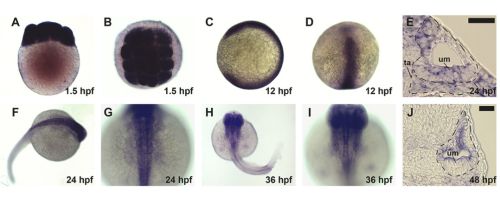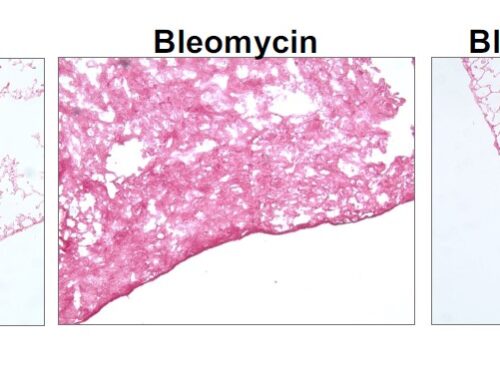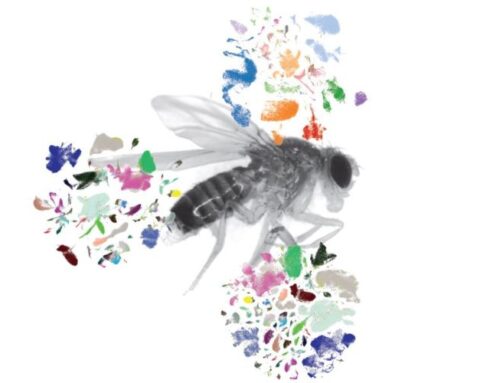Three Doctoral Students from the Riley Lab discover transcriptional mechanism for inner ear development in zebrafish.
By: Alex Keene
 Bruce Riley, a Professor in the Department of Biology at Texas A&M University, is widely regarded as a leading zebrafish developmental biologist for his work examining how developmental regulatory genes control the formation and maintenance of sensory hair cells and neurons in the zebrafish inner ear. In a new study recently published in Developmental Biology, Riley and his team explored the role of the transcription factor Foxm1 in neural progenitor development. Authored by Biology PhD students Maria Ali, James Kutlowski, and Jorden Holland, the study provides new insights into the mechanisms underlying neural progenitor differentiation in the inner ear. Contrary to its well-established role in promoting cell division, Foxm1 was found to be dispensable for the proliferation of neural progenitors. Instead, it plays a critical role in ensuring their timely differentiation, revealing novel aspects of neural development that had remained elusive.
Bruce Riley, a Professor in the Department of Biology at Texas A&M University, is widely regarded as a leading zebrafish developmental biologist for his work examining how developmental regulatory genes control the formation and maintenance of sensory hair cells and neurons in the zebrafish inner ear. In a new study recently published in Developmental Biology, Riley and his team explored the role of the transcription factor Foxm1 in neural progenitor development. Authored by Biology PhD students Maria Ali, James Kutlowski, and Jorden Holland, the study provides new insights into the mechanisms underlying neural progenitor differentiation in the inner ear. Contrary to its well-established role in promoting cell division, Foxm1 was found to be dispensable for the proliferation of neural progenitors. Instead, it plays a critical role in ensuring their timely differentiation, revealing novel aspects of neural development that had remained elusive.

This study also highlights a previously unrecognized complexity in the development of neural progenitors in the zebrafish inner ear. The team identified two distinct phases: an initial phase characterized by rapid, self-amplifying divisions of neural progenitors, followed by a later phase of slower, asymmetric divisions that produce both new progenitors and differentiating neurons. These findings shed light on the intricate dynamics of neural progenitor behavior and open the door to potential clinical applications. By understanding and potentially manipulating these distinct phases of development, researchers could optimize stem cell-based therapies for certain forms of human deafness. The publication in Developmental Biology is listed here: doi: 10.1016/j.ydbio.2025.01.001. PubMed PMID:39761737





